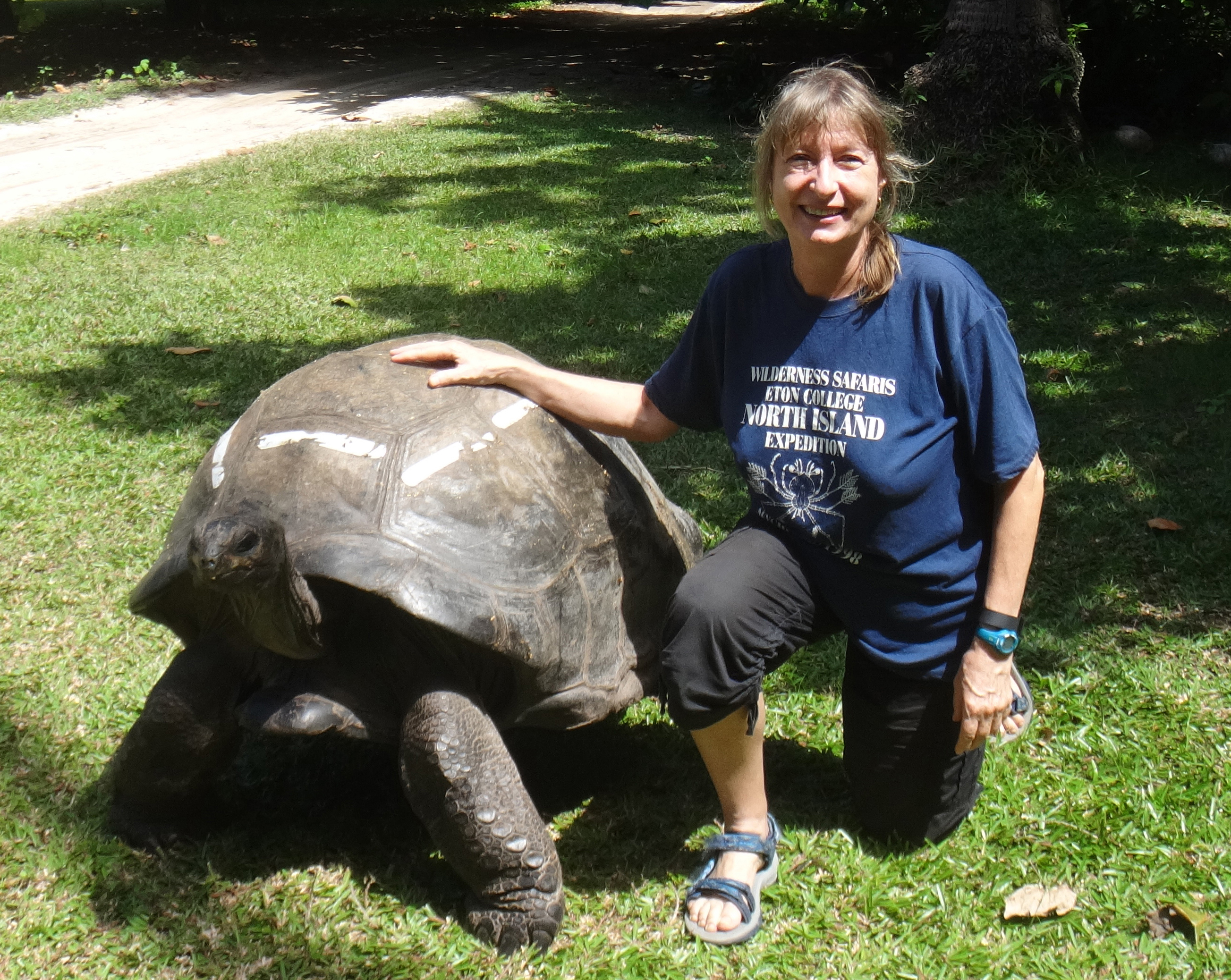
Dr Jeanne A. Mortimer
Marine Scientist
Project Description
Marine macrophytes (which include both seagrass and algae) have been poorly studied in Seychelles. Recent interest in seagrass ecosystems was ignited by the “Seagrass ecosystem component” of the GOS-UNDP-GEF Expansion and Strengthening of the Protected Areas subsystem of the outer islands of Seychelles and its integration into the broader land and seascape project. As leader of the seagrass component of the GOS-UNDP-GEF project, I developed “Mapping, Baseline Assessment & Monitoring Protocols for Seagrass Habitats in the Outer Islands: Alphonse, Desroches, Farquhar, Poivre Atolls” based on “Seagrasswatch” protocols. Preliminary baseline seagrass surveys and mapping of benthic habitats were conducted at all four sites in shallow water habitats, but additional surveys are needed.
The Nekton Expedition provided a unique opportunity to enhance and complement shallow water data already collected and to characterize seagrass communities in deeper water and determine the maximum depths at which they occur. Additionally, the Nekton Expedition offered an opportunity to put greater focus on macro-algae than our GEF project had to date.
Project Partners



International Partners:
Nekton – close collaboration with scientists from the Nekton Expedition with extraction of photos of macrophyte life forms apparent in the videos.
Dr Lydiane Mattio a French algologist with taxonomic expertise relevant to marine algae in the Western Indian Ocean.
Findings
- Determined maximum depth of seagrass meadows. Video footage taken by the submersibles shows that seagrass generally does not reach depths much below 30m, and the only seagrass genus recorded at that depth was Halophila sp. at 30m. This is consistent with previous observations that Halophila may be the deepest seagrass in the WIO.

Screen shot of Halophila at 30 m depth, extracted by Nekton Scientific Team (Oxford University).
2. Documented that dead seagrass leaves occur abundantly at all depths to at least 300 m deep. Dead seagrass leaves, primarily from the genus Thalassodendron, were regularly observed at all depths below 30m. Although this had not been previously reported in the WIO, scientific literature has described it in other ocean basins. This is important for two reasons: a) Shows that seagrass debris is important as a source of nutrients for deep-water ecosystems that are presumably nutrient-poor; and b) Provides evidence that seagrass functions as a ‘blue-carbon sink’ in that carbon in dead seagrass leaves that descend to depth is likely to be ‘locked away’ and not return to the atmosphere.
3. Better understanding of marine algae taxonomy. Under this project we learned that taxonomy of marine algae in Seychelles waters is poorly known because of the physical variation within a species which can only be discerned through studies of DNA. It would be helpful to bring in an algologist to study the marine algae of Seychelles.
Knowledge Shared
- PPT presentation for Coral Facility Inauguration held at UniSey on 16 July 2019. Presentation entitled: “Seagrass Ecosystems: Beyond the Confines of the Meadows” 3 Annex3A Mortimer Nekton-SeyCCAT PPT presentation
- Based on this, a 21-page PDF report entitled: “Marine Plants documented at depths of 30-300m: 2019 Nekton Expedition Seychelles.” 4 Annex3B Mortimer Nekton-SeyCCAT Seagrass&Algae 30-300mDepth

Photo credit: Alain de Comarmond
- Photographic compilation & ID of algae samples collected.
- 31-page PDF report entitled:“Green algae (Chlorophyta) ID to genus/species: samples collected Nekton Expedition 2019 Seychelles.”. 5 Annex3C Mortimer Nekton-SeyCCAT GreenAlgae sppID_samples
- 10-page PDF report entitled:“Red algae (Rhodophyta) ID to genus/species: samples collected Nekton Expedition 2019 Seychelles.” 6 Annex 3D Mortimer Nekton-SeyCCAT RedAlgae sppID_samples
- Articles shared in the Kapisen PCA Newsletter, The Seychelles Nation and it is expected in the next issue of the SeaLife Magazine.
Capacity Building
- Dr Jeanne A. Mortimer briefed ICS resource management personnel about the findings of the expedition so they can incorporate them into their ongoing seagrass assessment and mapping.
What next?
This project served as a very useful transition between the GOS-UNDP-GEF Outer Islands Project: Seagrass Component and the seagrass project Jeanne is now working on with SeyCCAT that is funded by Pew Charitable Trusts. Each of these projects has built upon the successes of the previous one.
More work is needed to properly map and understand the biology of seagrass ecosystems in Seychelles. In addition, more work is needed to properly understand the biology of marine algae in Seychelles.
